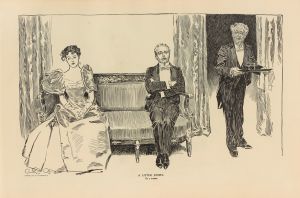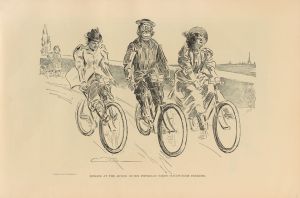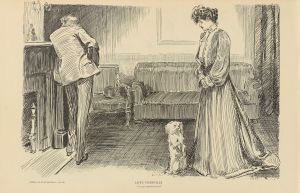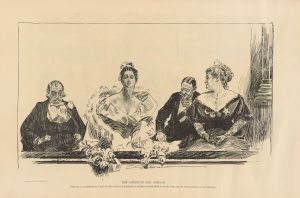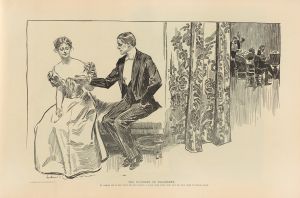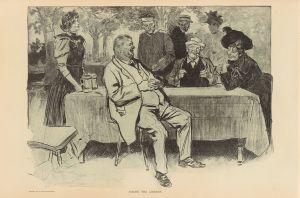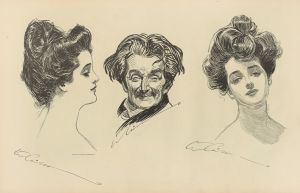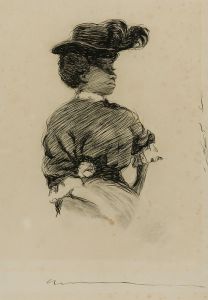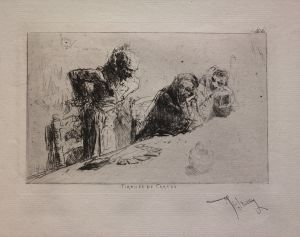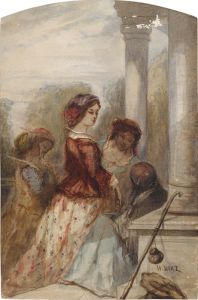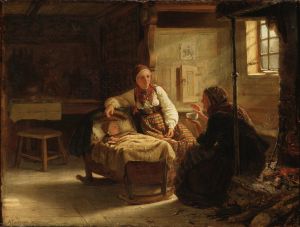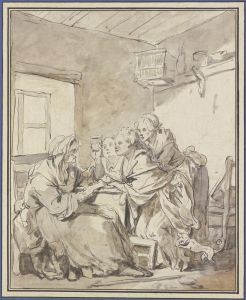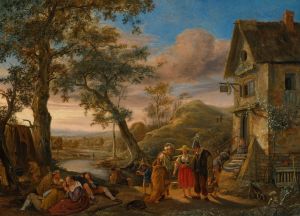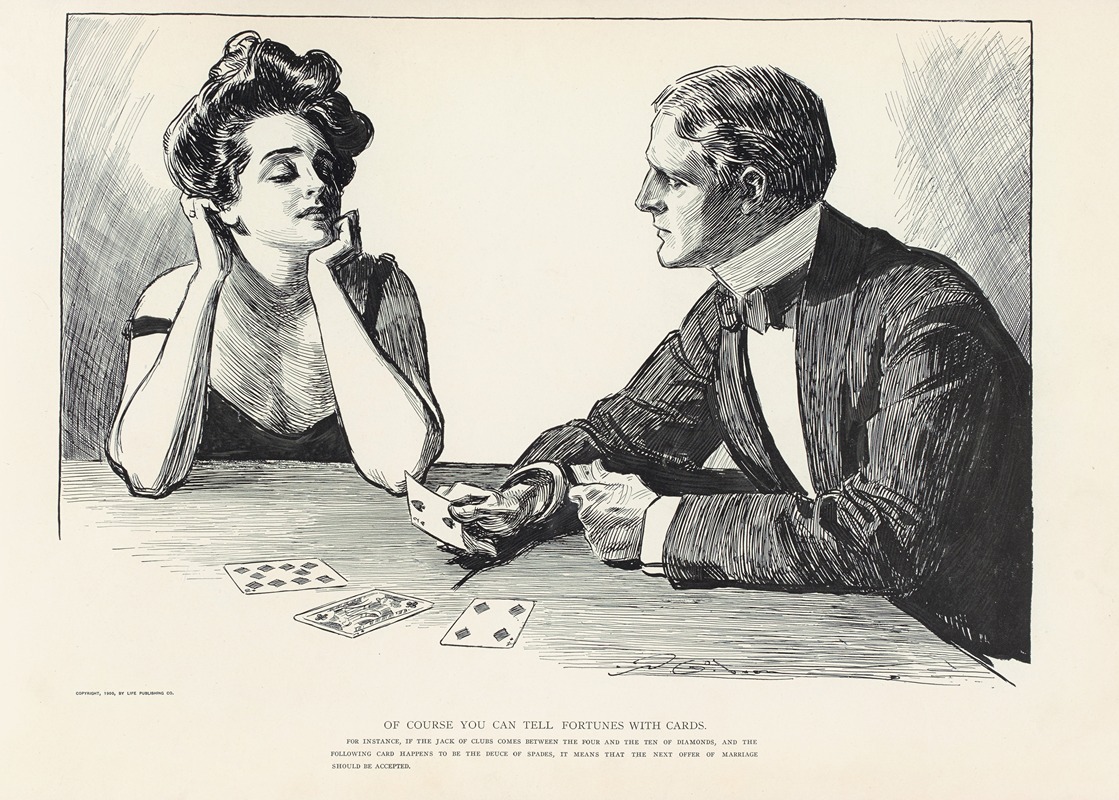
Of course you can tell fortunes with cards
A hand-painted replica of Charles Dana Gibson’s masterpiece Of course you can tell fortunes with cards, meticulously crafted by professional artists to capture the true essence of the original. Each piece is created with museum-quality canvas and rare mineral pigments, carefully painted by experienced artists with delicate brushstrokes and rich, layered colors to perfectly recreate the texture of the original artwork. Unlike machine-printed reproductions, this hand-painted version brings the painting to life, infused with the artist’s emotions and skill in every stroke. Whether for personal collection or home decoration, it instantly elevates the artistic atmosphere of any space.
"Of course you can tell fortunes with cards" is a notable illustration created by the American artist Charles Dana Gibson. Gibson, born on September 14, 1867, in Roxbury, Massachusetts, was a prominent illustrator in the late 19th and early 20th centuries. He is best known for his creation of the "Gibson Girl," an iconic representation of the American woman that became a cultural phenomenon during the Gilded Age and the Progressive Era.
The illustration "Of course you can tell fortunes with cards" was published in 1902. It is part of Gibson's extensive body of work that often depicted scenes of social life and interactions among the upper classes. This particular piece features a young woman, presumably a "Gibson Girl," engaged in the act of fortune-telling using a deck of cards. The scene is rendered in Gibson's characteristic pen-and-ink style, which is marked by its detailed line work and expressive characters.
Gibson's illustrations were widely published in popular magazines of the time, such as Life, Harper's Weekly, and Collier's. His work captured the spirit and social dynamics of his era, often with a touch of humor and satire. The "Gibson Girl" became a symbol of feminine beauty, independence, and social grace, influencing fashion and societal standards.
The illustration "Of course you can tell fortunes with cards" reflects the fascination with mysticism and the occult that was prevalent in the early 20th century. Fortune-telling with cards, particularly tarot cards, was a popular pastime and a subject of curiosity among the social elite. Gibson's portrayal of this activity highlights the blend of sophistication and whimsy that characterized much of his work.
Charles Dana Gibson's influence extended beyond his illustrations. He played a significant role in shaping the visual culture of his time and left a lasting legacy in the world of art and illustration. His work continues to be celebrated for its artistic merit and its insightful commentary on the social mores of the late 19th and early 20th centuries.
In summary, "Of course you can tell fortunes with cards" by Charles Dana Gibson is an exemplary piece that showcases the artist's skill in capturing the nuances of social interactions and the cultural trends of his time. Through his detailed and expressive illustrations, Gibson provided a window into the world of the American upper class, while also contributing to the broader artistic and cultural landscape of his era.





